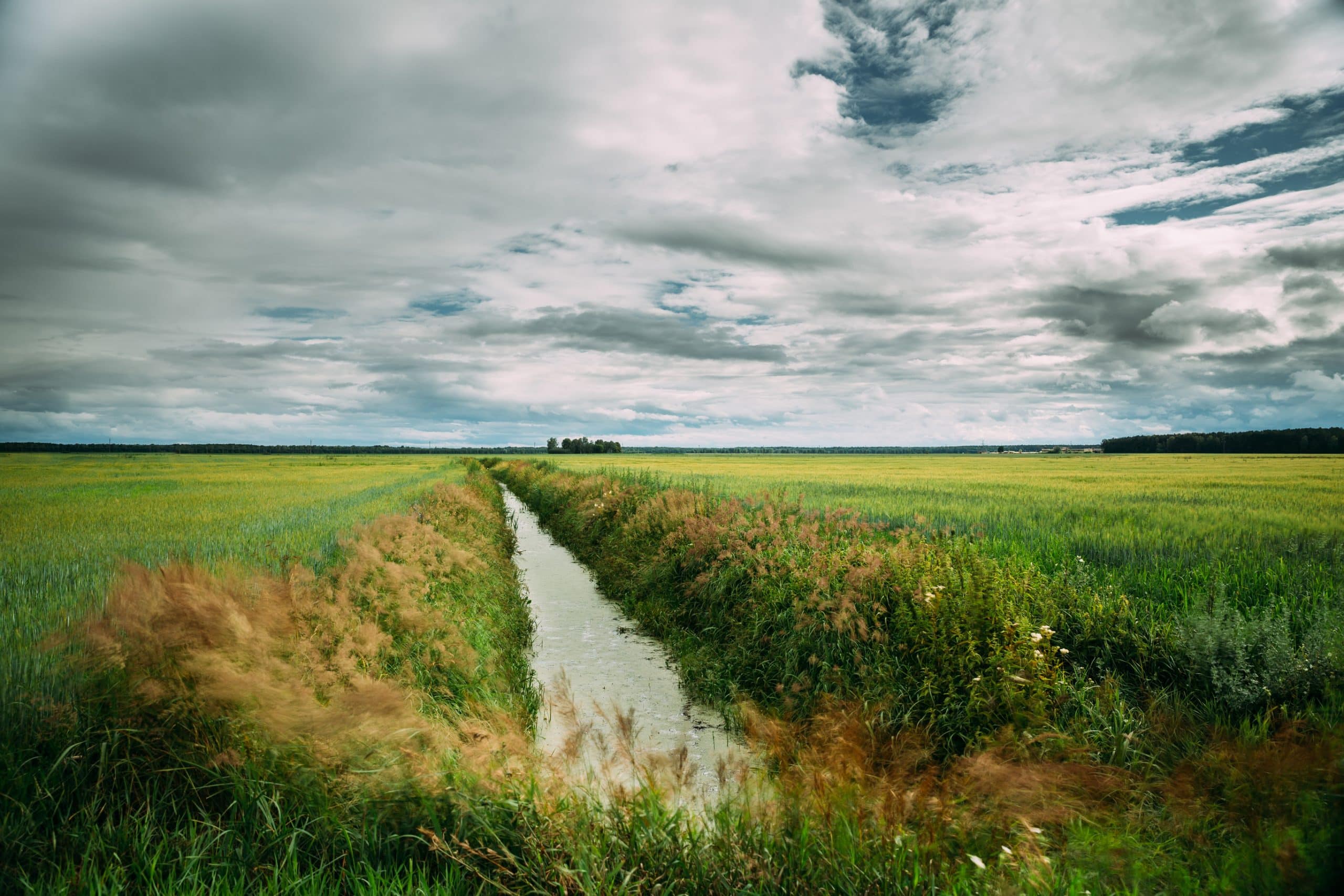How Can Virtual Reality Exposure Improve Climbing Skills in Mountaineers?

The intersection of sports and technology can often bring about surprising results. In one such development, virtual reality has opened up new possibilities for climbing athletes. Let’s delve into the world of mountaineers and understand how this immersive technology can enhance their performance and practice.
Embracing Virtual Reality in Climbing Training
Virtual Reality (VR) has come a long way from being just a gaming tool. It now has applications in various sectors, including sports. Climbers, too, are beginning to recognize the benefits of training in virtual environments.
Avez-vous vu cela : How Can Real-Time Muscle Oxygenation Feedback Enhance Endurance in Competitive Rowers?
Why VR? The answer is simple. The virtual setting allows climbers to practice their climbing routes, techniques, and strategies on various types of rock formations without actual physical risk. This not only offers an opportunity to improve their skills but also significantly reduces the chances of injuries.
Creating Realistic Climbing Routes in VR
An integral aspect of incorporating VR in climbing training is the creation of realistic climbing routes. Every rock face has a different route, and each presents a unique set of challenges to the climbers. By recreating these routes in VR, climbers can practice climbing the same wall over and over again, helping them develop familiarity and efficiency.
A voir aussi : What’s the Best Breathing Technique for Reducing Heart Rate Variability in Biathletes?
Google has a significant contribution in this regard. Using Google Earth’s data, developers can create specific climbing routes in VR. This data, combined with VR technology, can offer a near real-life climbing experience to the participants.
Studying Climbing Performance in Virtual Conditions
Another advantage of VR is that it provides an excellent platform for conducting studies on climbing performance under controlled conditions. Researchers can monitor climbers’ movements, decisions, and techniques in these virtual settings. This data can then be used to understand the climbers’ decision-making process, identify their strengths and weaknesses, and devise strategies for improvement.
One such study, as found on CrossRef, suggests that VR training can significantly improve climbers’ route-finding skills. The climbers who participated in VR training made fewer errors and were faster in finding the most efficient route up the wall.
In another similar study, published on DOI, it was observed that VR exposure could help climbers overcome their fear of heights. This could significantly enhance their performance in real-life situations.
Enhanced Training With Virtual Reality Video Analysis
Virtual reality also brings the power of video analysis to climbing. This involves recording climbers’ performances in virtual settings and then reviewing the video to identify areas of improvement.
Even in a practice setting, it’s often difficult for climbers to remember every single move they made while climbing. However, with VR video analysis, participants can review their performance in detail. They can scrutinize each move, understand what worked and what didn’t, and work on improving those aspects. What’s more, they can also compare their performance with those of other climbers and learn from their techniques.
This method of training has shown considerable promise in improving climbers’ skills and performance. By allowing them to understand their performance better, it can lead to more targeted and efficient practice sessions.
The Future of Climbing Training with VR
Given the numerous advantages of VR in enhancing climbers’ skills, it’s no surprise that it’s fast becoming an integral part of climbing training. As technology continues to evolve, we can expect to see even more sophisticated VR applications in this field.
For instance, haptic technology, which simulates the sense of touch, could add another layer of realism to VR climbing training. With haptic feedback, climbers could actually "feel" the rock surface in the virtual world. This could lead to even more realistic training sessions.
Moreover, as the data from these VR sessions becomes more comprehensive, it could also be used for predictive analysis. For instance, based on a climber’s past performance, trainers could predict how they are likely to perform in future climbs. This could lead to more personalized training programs and potentially even better performance outcomes.
In conclusion, virtual reality holds significant potential in improving mountaineers’ climbing skills. As this technology continues to evolve and become more accessible, it’s likely to play an even more pivotal role in climbing training.
Google Scholar Studies on VR and Climbing Performance
Google Scholar, a widely recognized source of academic studies, contains numerous research papers highlighting the effectiveness of Virtual Reality (VR) in improving mountaineering skills. These studies provide evidence on how different aspects of climbing, such as heart rate, hand movements, climbing routes, and lead climbing, can be affected and enhanced through VR training.
For instance, a study conducted by the University of Bremen, available on Google Scholar, looked into the effect of VR on climbers’ heart rate. It was observed that climbers who practiced in VR had a more stable heart rate when climbing the actual wall. This suggests that VR training can help climbers manage their physical exertion better.
Another study, published on the Proceedings CHI Conference on Human Factors in Computing Systems, found that VR could help climbers improve their hand movements. The study noted that climbers who practiced in VR made smoother and more efficient hand movements, which could significantly enhance their climbing performance.
Furthermore, studies have also highlighted how VR can help climbers familiarize themselves with climbing routes. This can be particularly useful in lead climbing, where climbers have to decide their route as they ascend. By practicing these routes in VR, climbers can develop a better understanding of the route, making their actual climb more efficient.
VR and Sport Climbing: Bringing the Climbing Wall to the Living Room
The adoption of VR in sport climbing is revolutionizing the way mountaineers train. With VR, climbers can essentially bring the climbing wall to their living room. This means they can practice their climbing skills anytime, anywhere, without needing to access a physical climbing wall.
The VR climbing wall is not just a flat surface with handholds. Rather, it is a detailed recreation of actual rock formations, presenting climbers with the same challenges they would face in a real climbing scenario.
Thus, VR allows climbers to practice their climbing moves in a controlled environment. They can repeat a specific move or a route over and over again until they perfect it. They can also safely try out new climbing techniques, without the fear of falling or getting injured.
Additionally, VR can also simulate various weather conditions, allowing climbers to prepare for different scenarios. For instance, they can practice climbing in rainy or windy conditions, giving them valuable experience for real-life situations.
In essence, it is safe to say that virtual reality is reshaping sport climbing. By providing a safe, convenient and realistic training platform, it is not only enhancing climbers’ skills but also making the sport more accessible to everyone.
Conclusion
Virtual reality is undoubtedly proving to be a game-changer in the world of mountaineering. With its ability to recreate realistic climbing scenarios, provide detailed performance analysis and simulate various weather conditions, it is transforming the way climbers train and prepare. Research studies available on platforms like Google Scholar are further reinforcing the effectiveness of VR in improving climbers’ skills and performance.
As VR technology continues to evolve, we can expect to see even more advanced training methods. This could, in turn, lead to even better performance outcomes, making climbing safer and more enjoyable.
In light of these developments, it is evident that virtual reality is here to stay in the world of mountaineering. The future certainly seems to be bright, with VR paving the way for a new era in climbing training.
